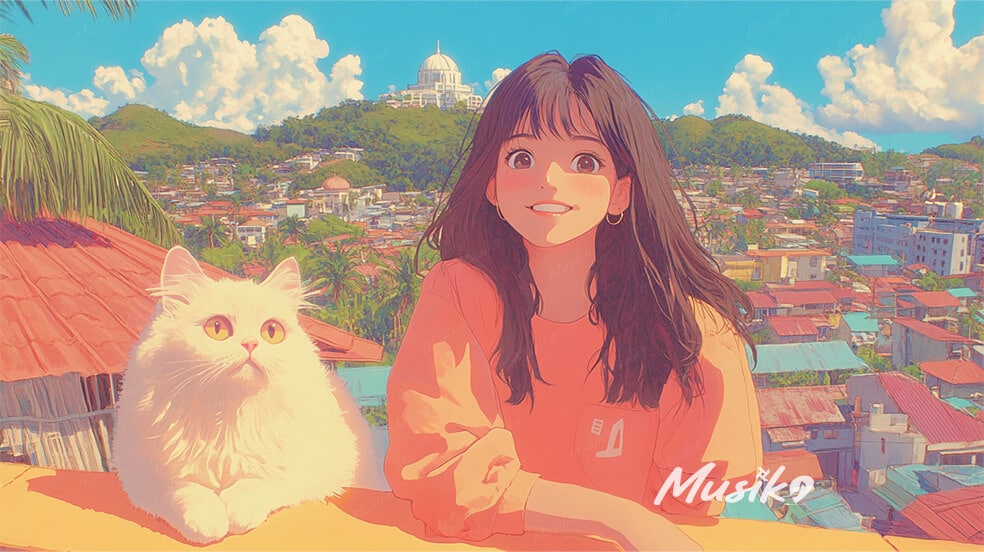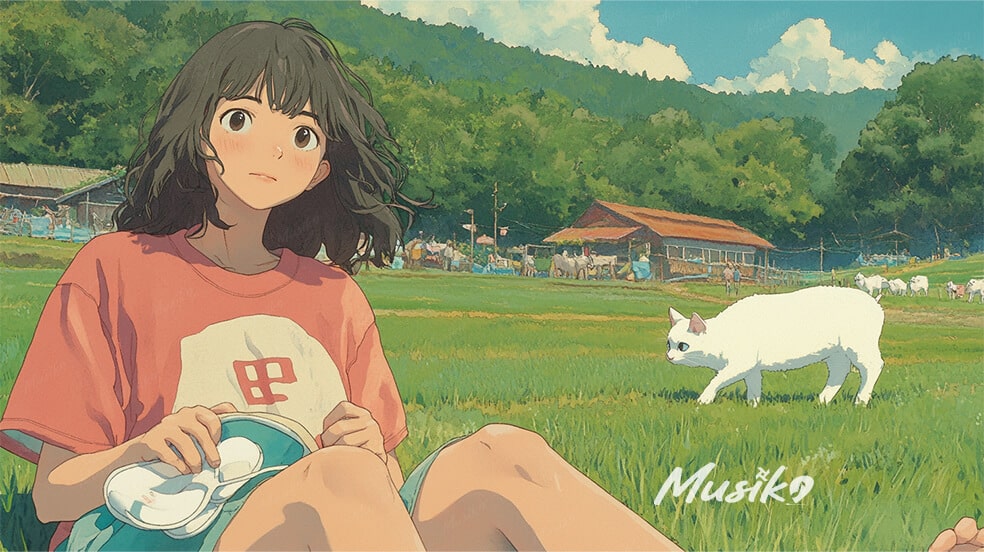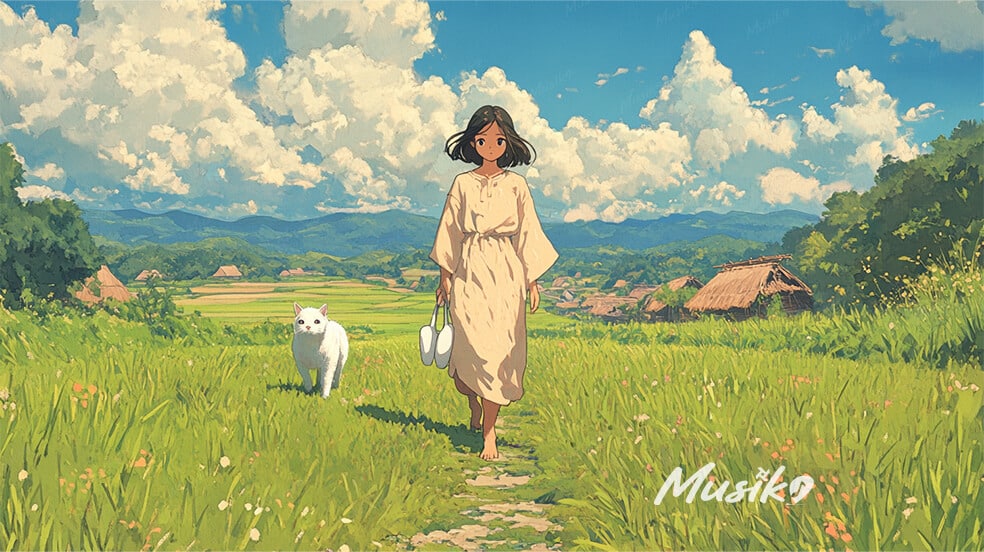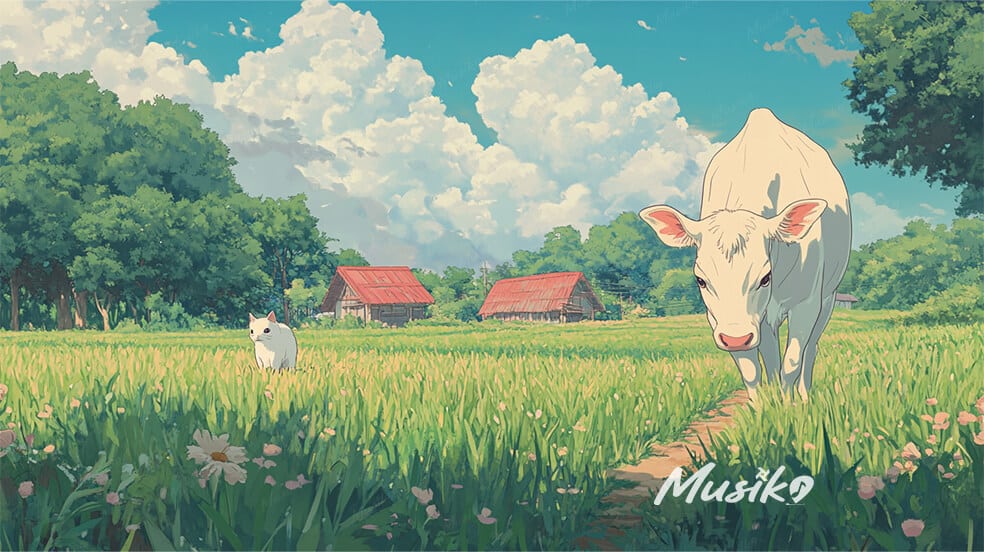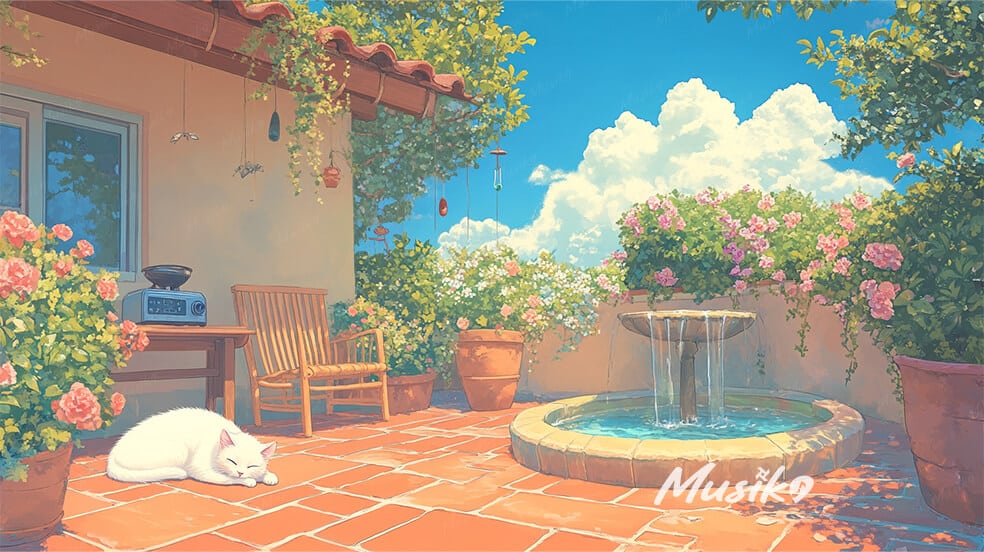🌴 San Carlos City, Pangasinan
Welcome to San Carlos City, the Mango Capital of the Philippines, a vibrant and historical city in Pangasinan where culture, nature, and flavorful cuisine blend into a uniquely Filipino experience. Known for its sweet mangoes, rich heritage, and warm-hearted locals, this city is a must-visit gem in Northern Luzon!
📍 About the Place
San Carlos City is one of the largest cities in Pangasinan, both in terms of population and land area. Formerly known as Binalatongan, it boasts a fascinating history dating back to Spanish colonization. Despite its growth, the city retains its provincial charm and natural beauty, making it ideal for both cultural immersion and scenic relaxation.
🏛️ Landmarks and Tourist Spots
Explore iconic sites like the San Carlos Cathedral, one of the oldest churches in the region. Visit the Binalatongan Ruins, a historical marker of the city’s pre-colonial past. Nature lovers can head to Mangatarem Eco-Tourism Park, while families enjoy Malacanang of the North and the nearby Lingayen Gulf Beaches just a short drive away.
🎭 Culture and Local Life
San Carlos thrives on tradition and innovation. Locals are deeply rooted in family, religion, and hospitality. Visit during town fiestas and witness colorful street parades, traditional dances like the Pandanggo, and vibrant processions that show their deep Catholic faith.
🗣️ Language
The primary language spoken is Pangasinan, followed by Ilocano and Filipino. English is widely understood, especially among the younger generation and in public establishments.
🍽️ Food Trip Delight
Don’t leave without tasting San Carlos mangoes, renowned nationwide for their unmatched sweetness. Street food favorites include tupig (grilled coconut rice cake), longganisang Pangasinan, and kaleskes, a local beef soup delicacy. For dessert, try matamis na bao (caramelized coconut) sold in local markets.
🎉 Festivals that Wow
The city’s pride is the Mango-Bamboo Festival, held every April. It features mango-themed floats, bamboo-inspired arts, trade fairs, and live music that celebrates San Carlos’ top products. It’s a riot of color, culture, and fun!
🎶 Music and Rhythms
Local festivities pulse with brass bands, folk songs, and modern pop remixes blaring during parades. Traditional kundiman songs are still performed in schools and cultural events, keeping the heritage alive.
🌟 What San Carlos is Known For
- Sweet Mangoes (export-quality!)
- Mango-Bamboo Festival
- Spanish-era churches and ruins
- Rich historical roots of Binalatongan
- Warm, friendly locals and colorful traditions




